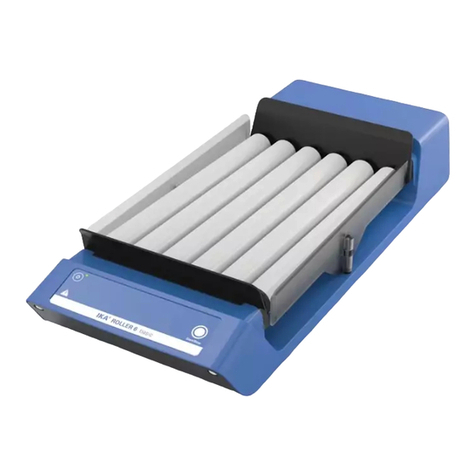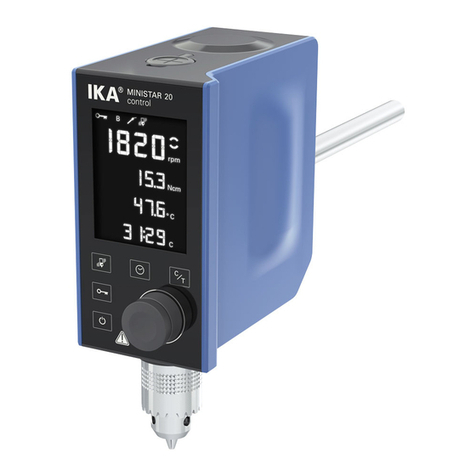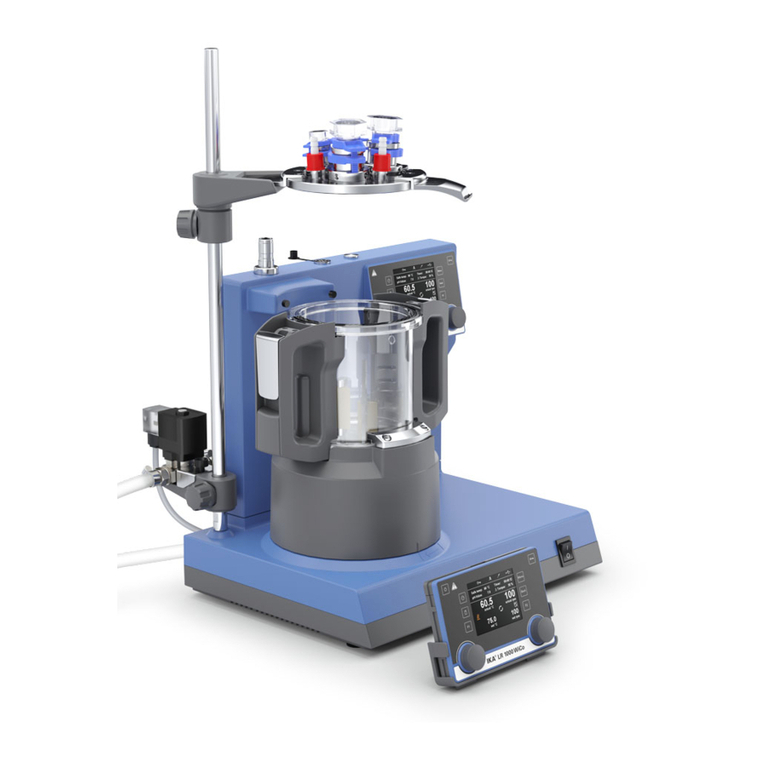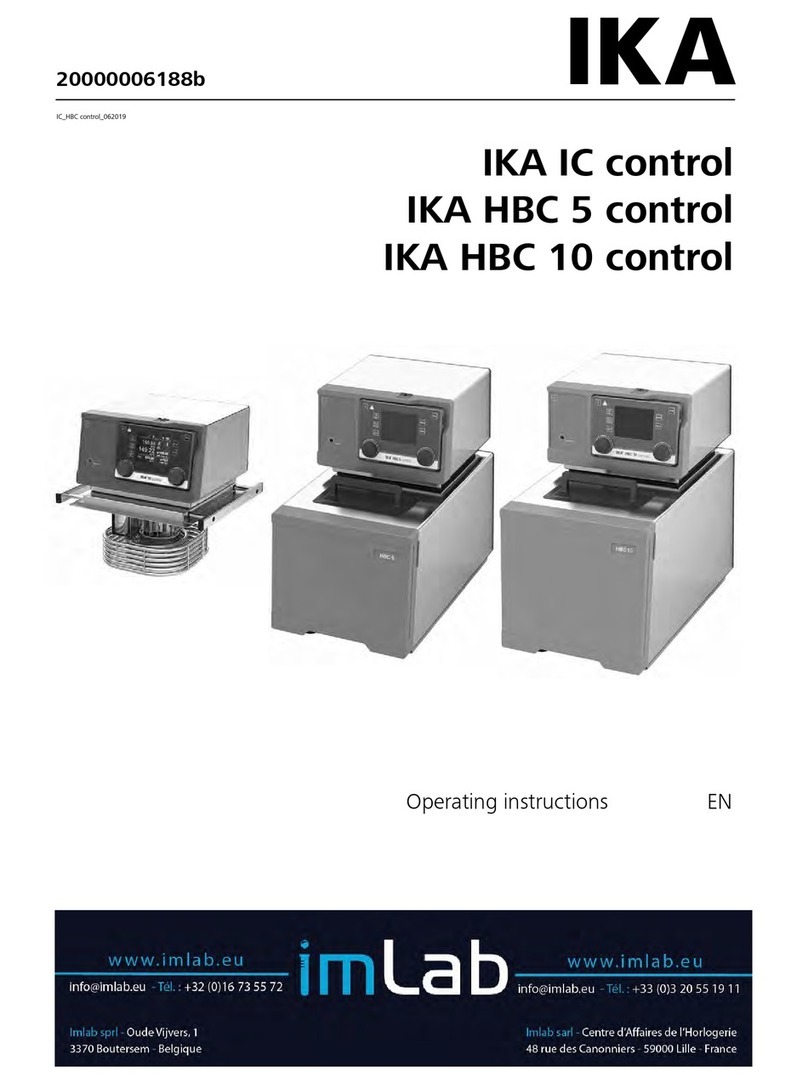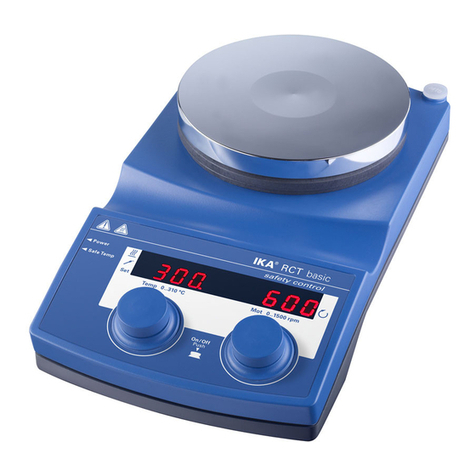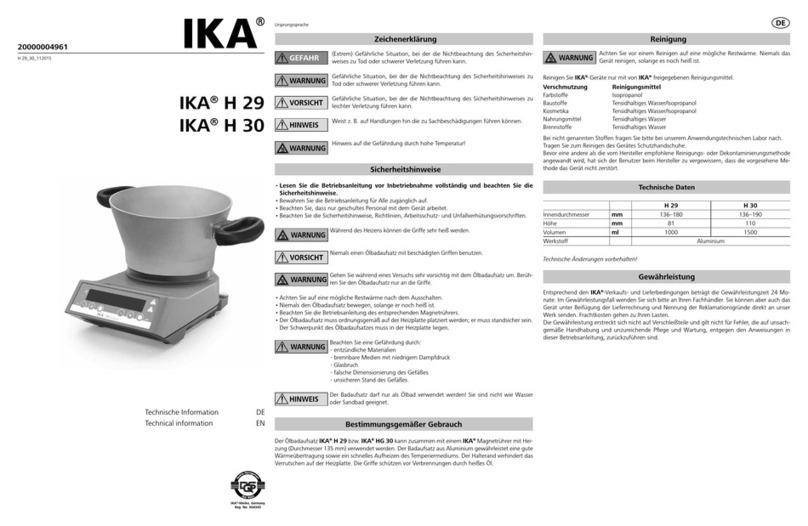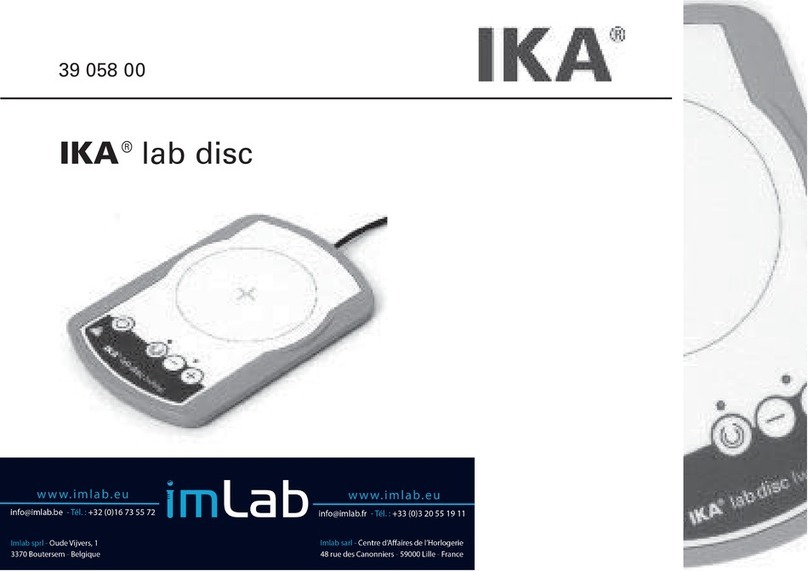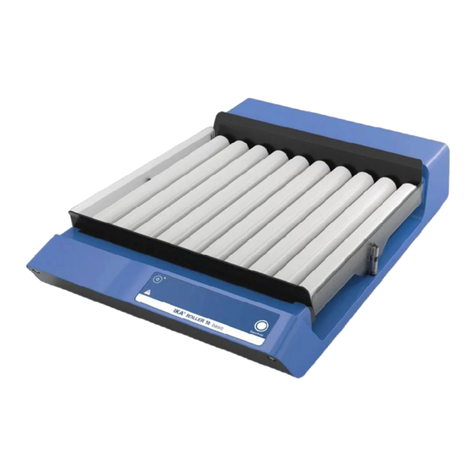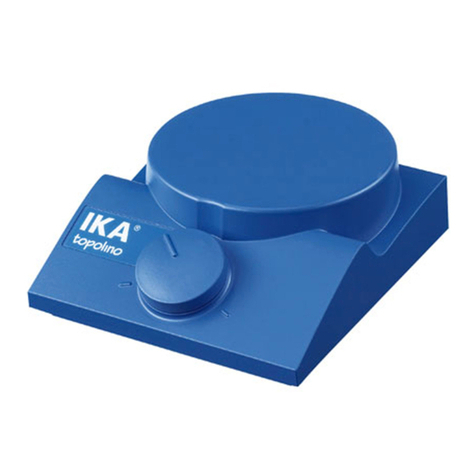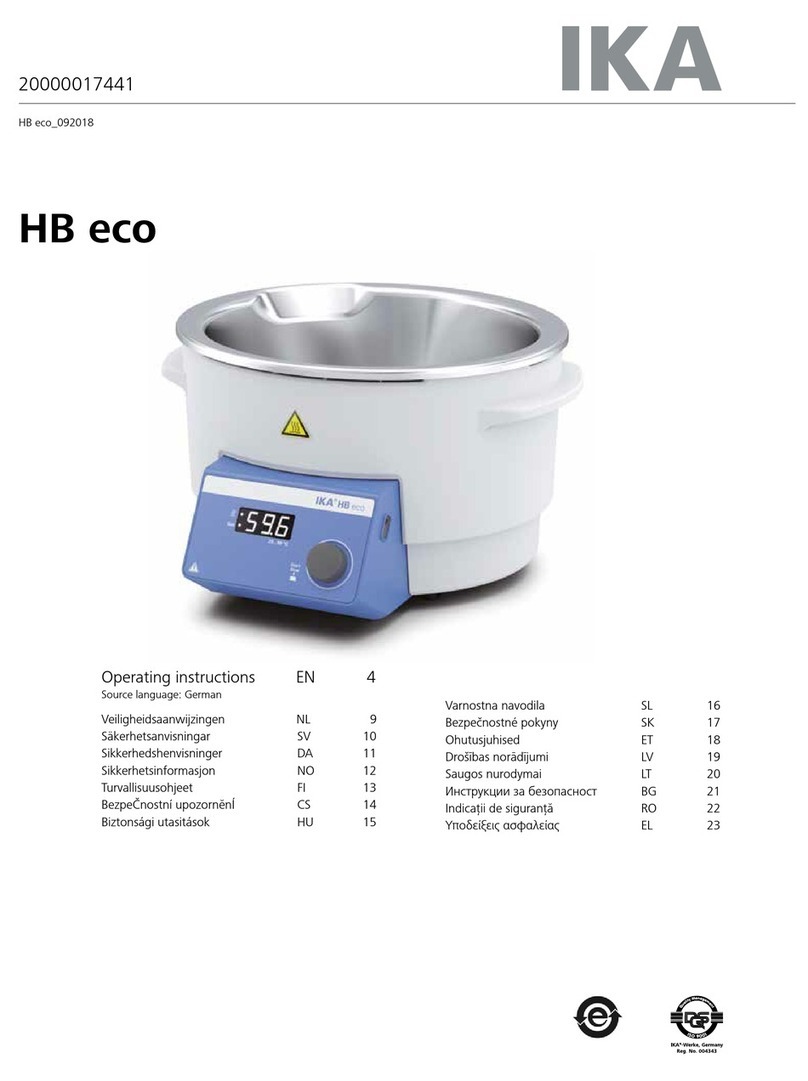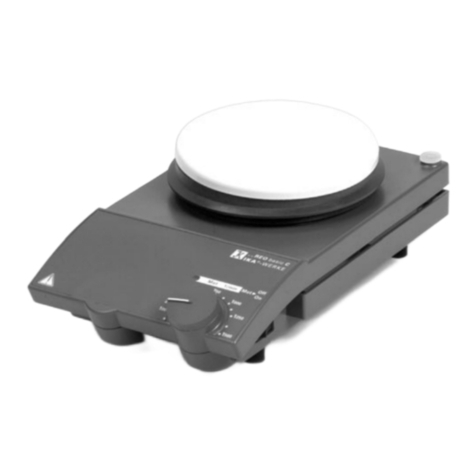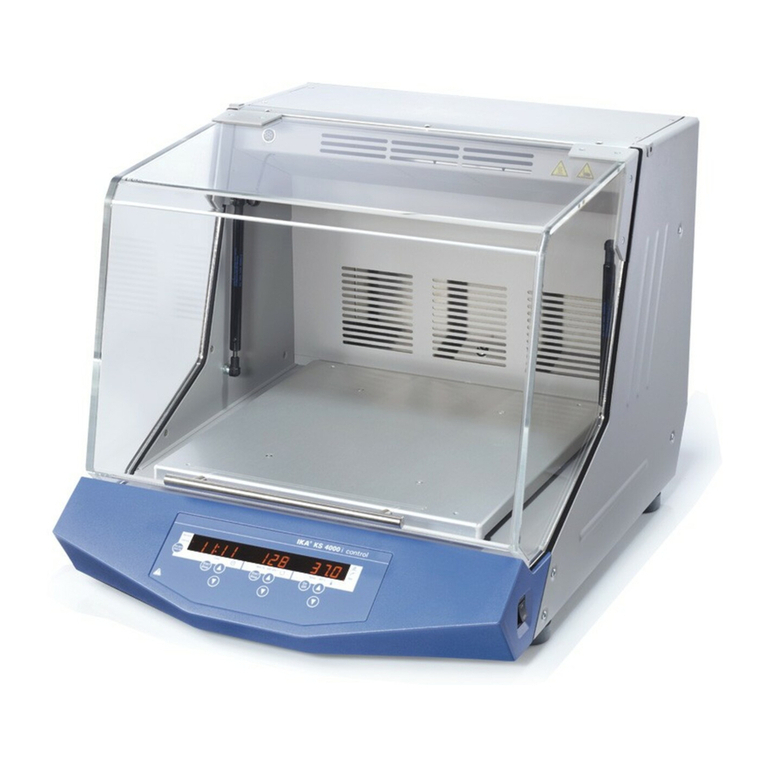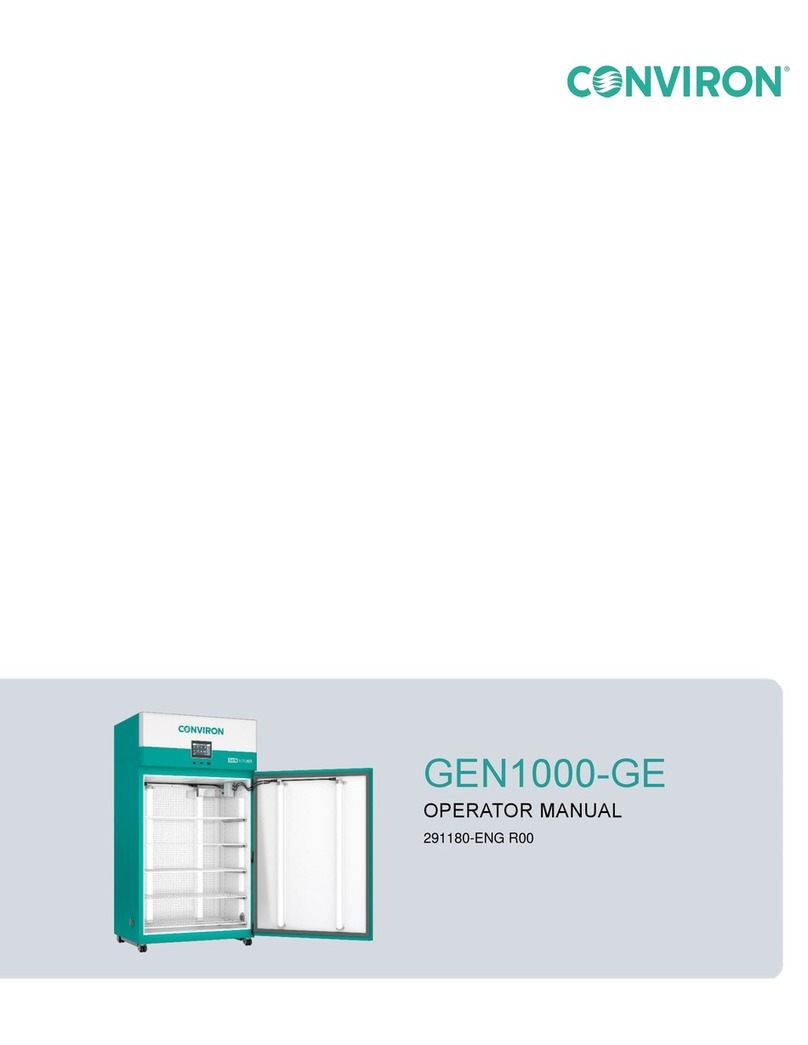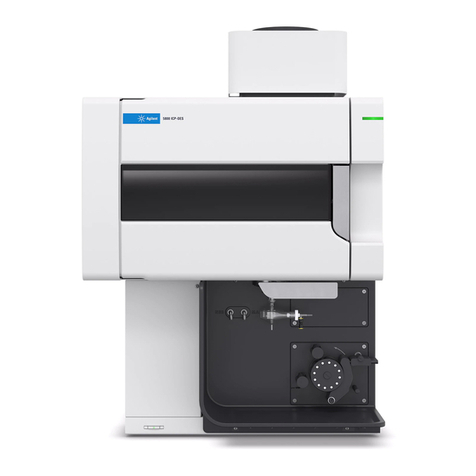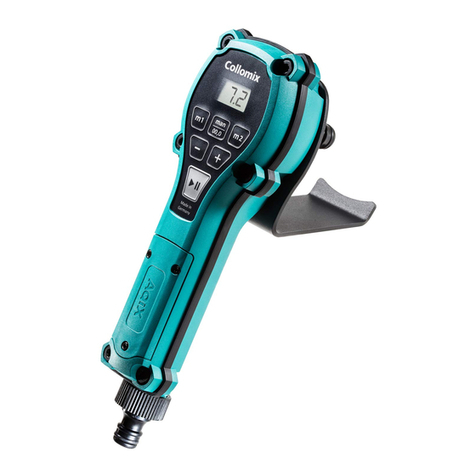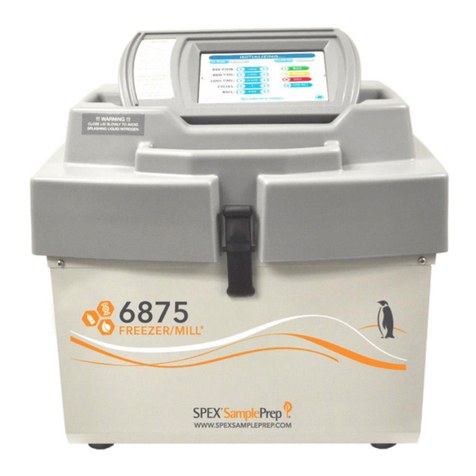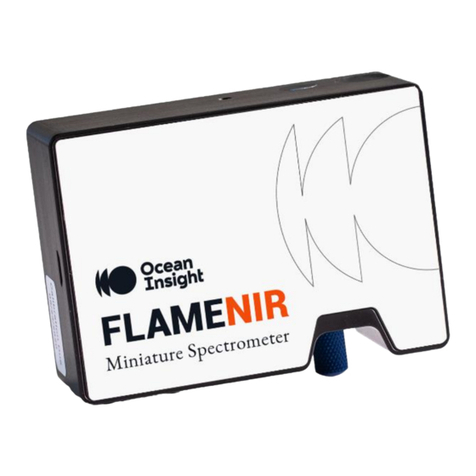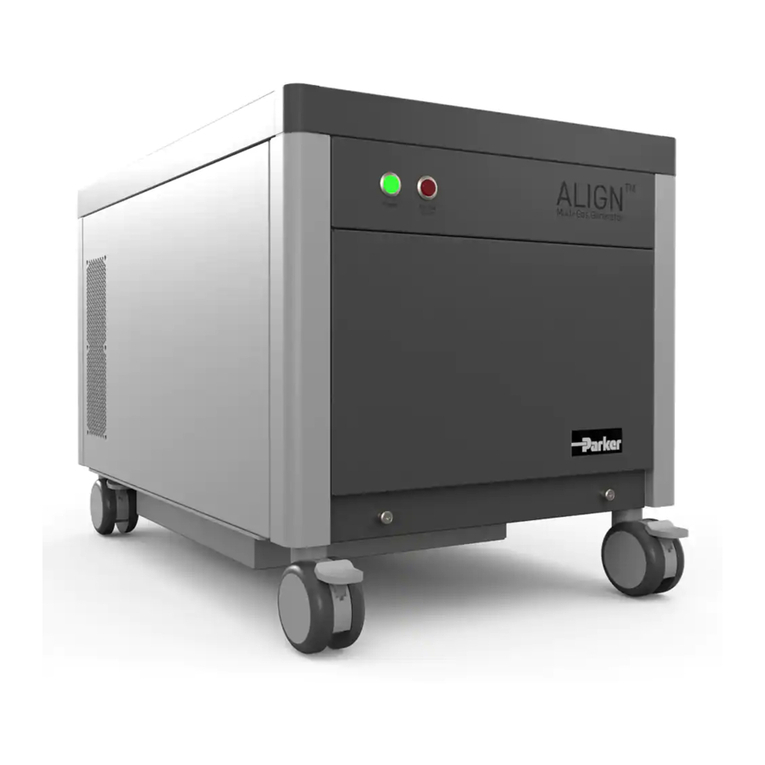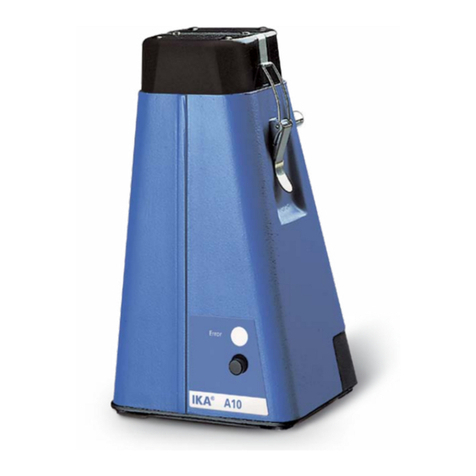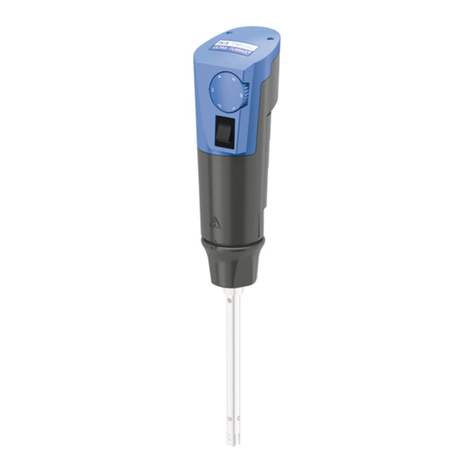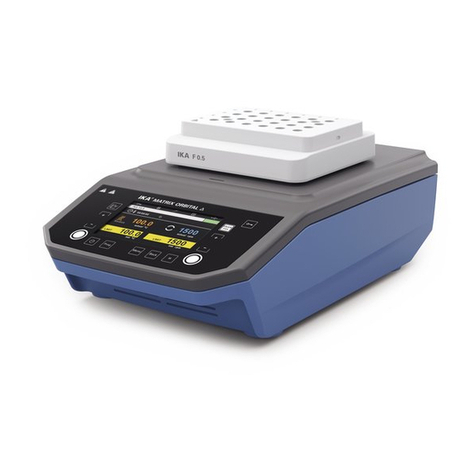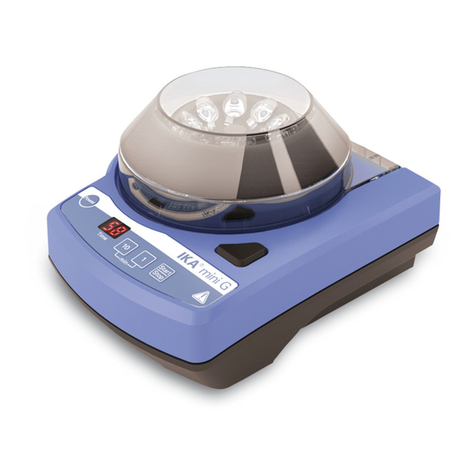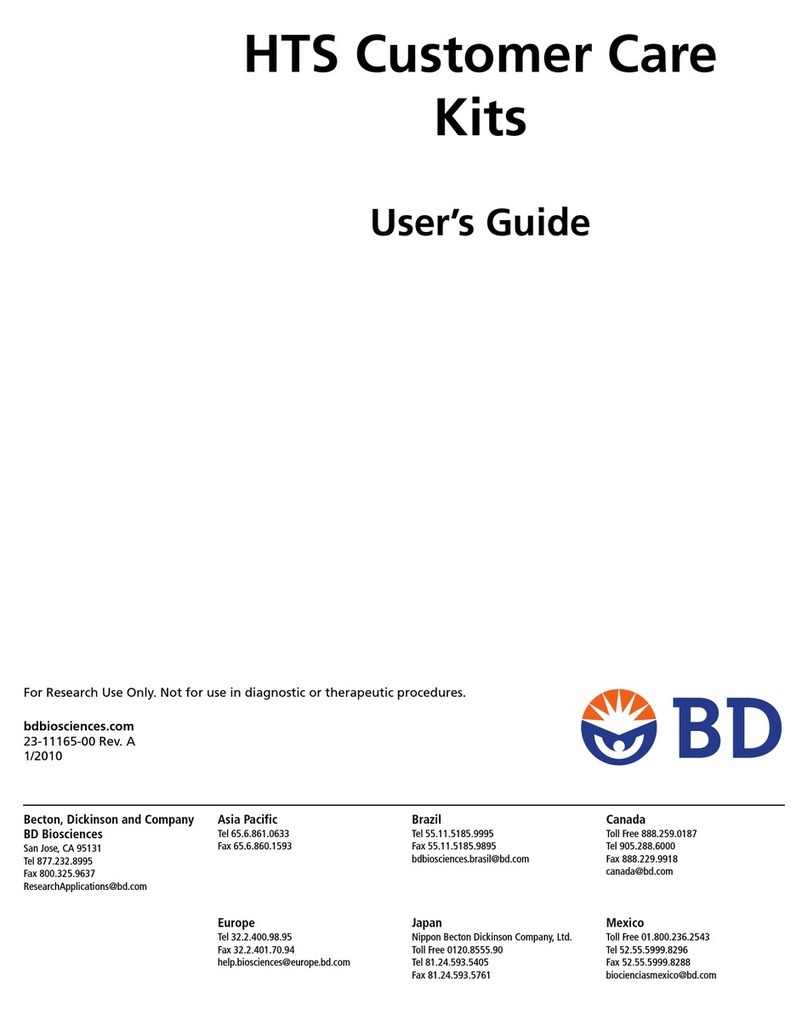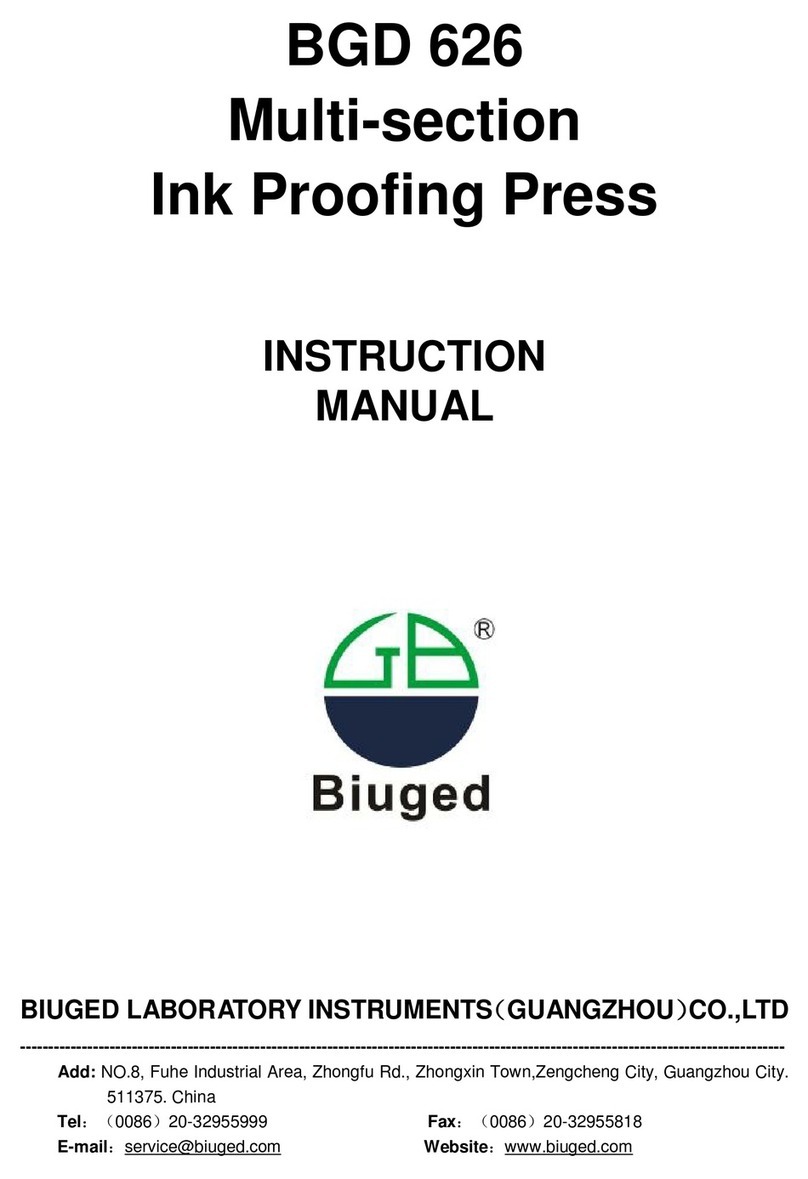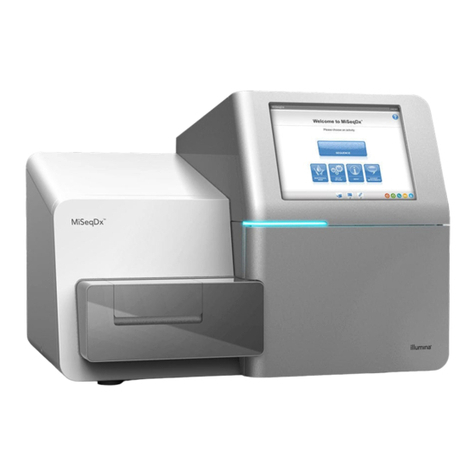
3
092007
DECLARAÇÃO DE CONFORMIDADE DA CE T
Declaramos sob nossa responsabilidade exclusiva que este produto corresponde às determi-
nações estabelecidas nas directivas 73/23/CEE, 89/336/CEE e 98/37/CEE do Conselho e que
está de acordo com as seguintes normas e documentos normativos: DIN EN IEC 61 010-1; DIN
EN IEC 61 326-1; DIN EN ISO 12 100-1, -2 e EN 60 204-1.
DEKLARACJA RODUCENTA CE L
Oświadczamy z pełną odpowiedzialnością, że produkt ten spełnia wymagania dyrektyw:
73/23/WE, 89/336/WE i 98/37/WE i jest zgodny z następującymi normami i dokumentami norma-
tywnymi: DIN EN IEC 61 010-1; DIN EN IEC 61 326-1; DIN EN ISO 12 100-1, -2 i EN 60 204-1.
ROHLÁšENÍ O SHOD
Ě
CE CS
Prohlašujeme se vší zodpovědností, že tento produkt odpovídá ustanovením směrnic 73/23/ES,
89/336 ES a 98/37/ES a je v souladu s následujícími normami a normativními dokumenty: DIN
EN IEC 61 010-1; DIN EN IEC 61 326-1; DIN EN ISO 12 100-1, -2 a EN 60 204-1.
CE MEGFELELőSÉGI NYILATKOZAT HU
Felelősségünk teljes tudatában kijelentjük, hogy ez a termék megfelel a 73/23/EU, 89/336/EU
és 98/37/EU irányelvek rendelkezéseinek, és összhangban van a következő szabványokkal és
normatív dokumentumokkal: DIN EN IEC 61 010-1; DIN EN IEC 61 326-1; DIN EN ISO 12 100-
1, -2 és EN 60 204-1.
IZJAVA O SKLADNOSTI IN CE-ZNAK SL
Pod izključno odgovornostjo izjavljamo, da ta izdelek ustreza določilom direktiv 73/23/ES,
89/336/ES in 98/37/ES ter naslednjim standardom in standardizacijskim dokumentom: DIN EN
IEC 61 010-1; DIN EN IEC 61 326-1; DIN EN ISO 12 100-1, -2 in EN 60 204-1.
VYHLÁSENIE O ZHODE S NORMAMI EÚ SK
Vyhlasujeme na svoju zodpovednosť, že tento výrobok zodpovedá požiadavkám 73/23/ES,
89/336/ES a 98/37/ES a nasledujúcich noriem a normatívnych dokumentov: DIN EN IEC 61
010-1; DIN EN IEC 61 326-1; DIN EN ISO 12 100-1, -2 a EN 60 204-1.
CE-VASTAVUSDEKLARATSIOON ET
Kinnitame täielikult vastutades, et käesolev toode vastab direktiivide 73/23/EÜ, 89/336/EÜ ja
98/37/EÜ sätetele ning järgmistele standarditele ja normdokumentidele: DIN EN IEC 61 010-1;
DIN EN IEC 61 326-1; DIN EN ISO 12 100-1, -2 ja EN 60 204-1.
CE ATBILSTĪBAS DEKLAR
Ā
CIJA LV
Ar pilnu atbildību apliecin
ā
m, ka produkts atbilst direktīvu 73/23/EK, 89/336/EK un 98/37/EK
noteikumiem un ir saskaņ
ā
ar š
ā
d
ā
m norm
ā
m un normatīvajiem dokumentiem: DIN EN IEC 61
010-1; DIN EN IEC 61 326-1; DIN EN ISO 12 100-1, -2 un EN 60 204-1.
EB ATITIKTIES DEKLARACIJA LT
Prisiimdami atsakomyb
ę
pareiškiame, kad šis gaminys atitinka direktyvų73/23/EBG, 89/336/EB
ir 98/37/EB ir šiųnormųbei normatyviniųdokumentųreikalavimus: DIN EN IEC 61 010-1; DIN
EN IEC 61 326-1; DIN EN ISO 12 100-1, -2 ir EN 60 204-1.
CE-KONFORMITÄTSERKLÄRUNG DE
Wir erklären in alleiniger Verantwortung, dass dieses Produkt den Bestimmungen der Richtlinien
73/23/EG, 89/336/EG und 98/37/EG entspricht und mit den folgenden Normen und norminativen
Dokumenten übereinstimmt: DIN EN IEC 61 010-1; DIN EN IEC 61 326-1; DIN EN ISO 12 100-
1, -2 und EN 60 204-1.
CE-DECLARATION OF CONFORMITY EN
We declare under our sole responsibility that this product corrosponds to the regulations
73/23/EEC, 89/336/EEC and 98/37/EEC and conforms with the standards or standardized docu-
ments DIN EN IEC 61 010-1; DIN EN IEC 61 326-1; DIN EN ISO 12 100-1, -2 and EN 60 204-1.
DÉCLARATION DE CONFORMITÉ CE FR
Nous déclarons sous notre propre responsabilité que se produit est conforme aux réglementations
73/23/CEE, 89/336/CEE et 98/37/CEE et en conformité avec les normes ou documents normalisés
suivant DIN EN IEC 61 010-1; DIN EN IEC 61 326-1; DIN EN ISO 12 100-1, -2 et EN 60 204-1.
DECLARACION DE CONFORMIDAD DE CE ES
Declaramos por nuestra responsabilidad propia que este produkto corresponde a las directrices
73/23/CEE, 89/336/CEE y 98/37/CEE y que cumple las normas o documentos normativos siguien-
tes: DIN EN IEC 61 010-1; DIN EN IEC 61 326-1; DIN EN ISO 12 100-1, -2 y EN 60 204-1.
CE-CONFORMITEITSVERKLARING NL
Wij verklaren in eigen verantwoordlijkheid, dat dit produkt voldoet aan de bepalingen van de richt-
lijnen 73/23/EEG, 89/336/EEG and 98/37/EEG en met de volgende normen of normatieve doku-
menten overeenstemt: DIN EN IEC 61 010-1; DIN EN IEC 61 326-1; DIN EN ISO 12 100-1, -2 and
EN 60 204-1.
CE-DICHIARAZIONE DI CONFORMITÀ IT
Dichiariamo, assumendone la piena responsabilità, che il prodotto è conforme alle seguenti diret-
tive: 73/23/CEE, 89/336/CEE e 98/37/CEE, in accordo ai seguenti regolamenti e documenti:
DIN EN IEC 61 010-1; DIN EN IEC 61 326-1; DIN EN ISO 12 100-1, -2 e EN 60 204-1.
CE-KONFORMITETSFÖRKLARUNG SV
Vi förklarar oss ensamt ansvariga för att denna produkt motsvarar bestämmelserna i riktlinjerna
73/23/EEG, 89/336/EEG och 98/37/EEG och att den överensstämmer med följande normer eller
normativa dokument: DIN EN IEC 61 010-1; DIN EN IEC 61 326-1;DIN EN ISO 12 100-1, -2 och
EN 60 204-1.
CE-KONFORMITETSERKLÆRING DA
Vi erklærer, at dette produkt öpfylder bestemmelserne i direktiverne 73/23/EØF, 89/336/EØF og
98/37/EØF og at det er overensstemmende med følgende normer eller normgivende dokumen-
ter: DIN EN IEC 61 010-1; DIN EN IEC 61 326-1; DIN EN ISO 12 100-1, -2 og EN 60 204-1.
CE-KONFORMITETSERKLÆRING N0
Vi erklærer på helt og holdent eget ansvar at dette produktet er i samsvar med bestemmelsene
i forskriftene 73/23/EEG, 89/336/EEG og 98/37/EEG, og at de er i overensstemmelse med føl-
gende normer eller normative dokumenter: DIN EN IEC 61 010-1; DIN EN IEC 61 326-1; DIN EN
ISO 12 100-1, -2 og EN 60 204-1.
CE-STANDARDINMUKAISUUSTODISTUS FI
Ilmoitamme täysin omalla vastuullamme, että tämä tuote vastaa EU-direktiivejä 73/23/EU,
89/336/EU sekä 98/37/EU ja on seuraavien normien tai ohjeasiakirjojen mukainen: DIN EN IEC 61
010-1; DIN EN IEC 61 326-1; DIN EN ISO 12 100-1, -2 sekä EN 60 204-1.
